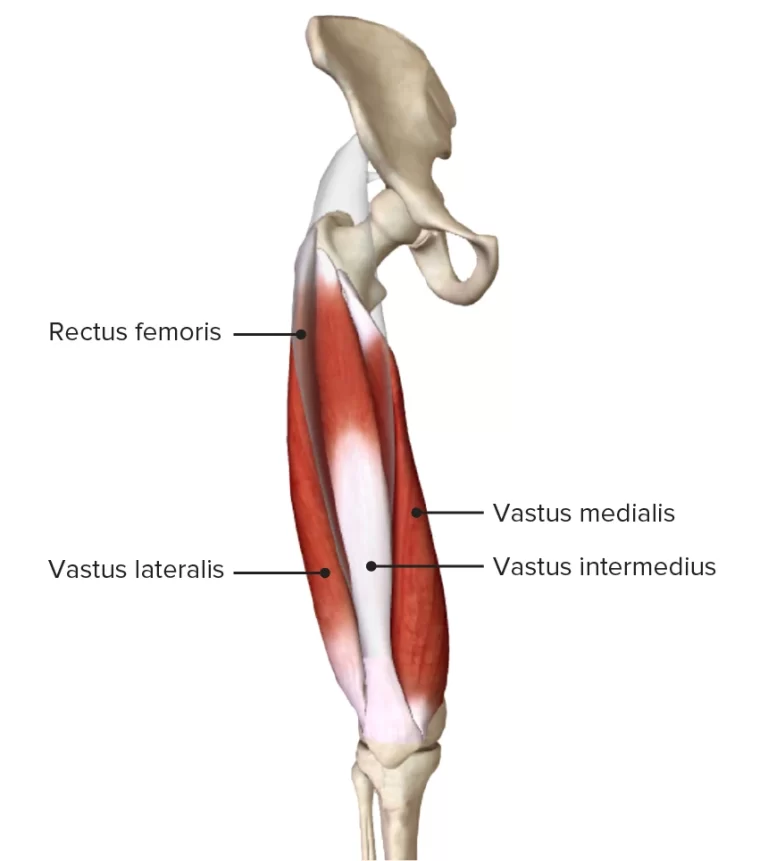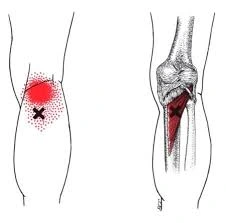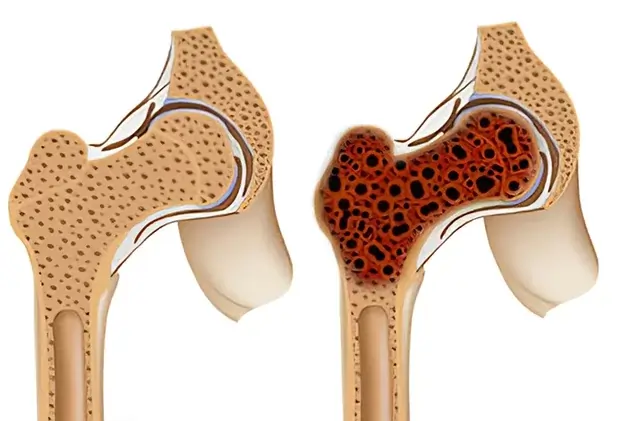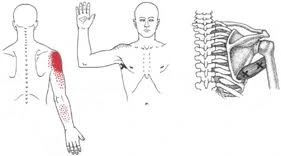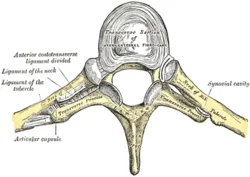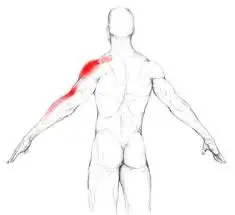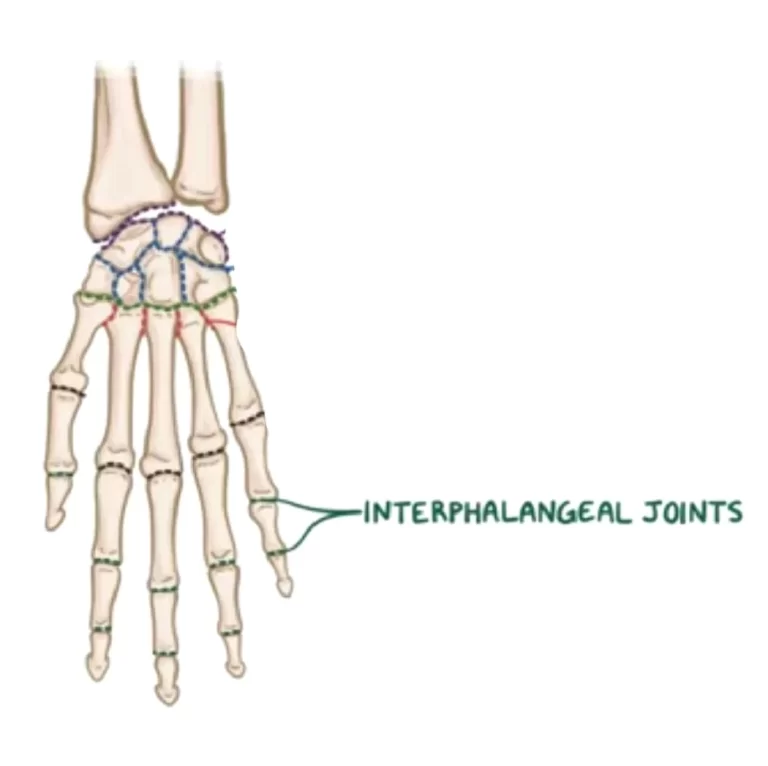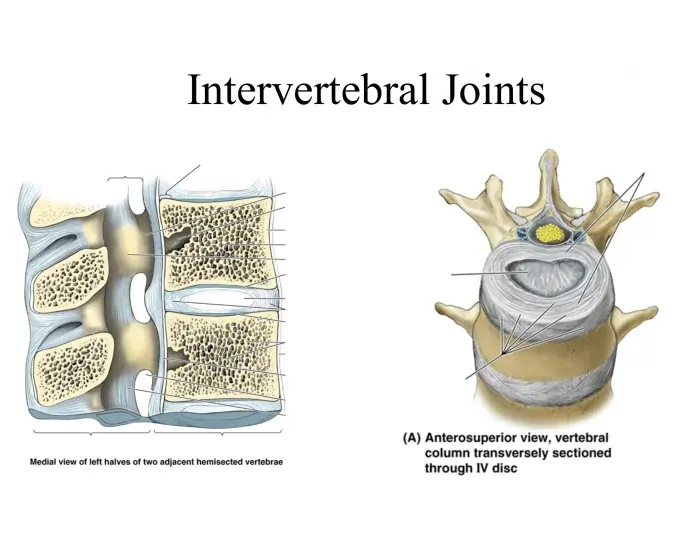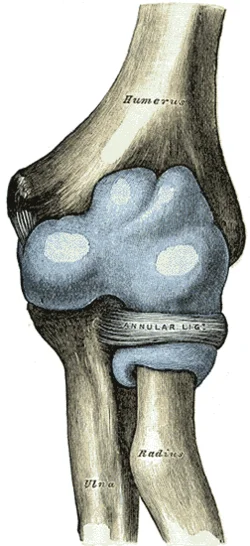Vastus Intermedius Muscle
Introduction The Vastus Intermedius is one of the four muscles that make up the quadriceps femoris group in the anterior thigh. Located deep between the vastus lateralis and vastus medialis, it lies beneath the rectus femoris and plays a crucial role in knee extension. As a key component of the quadriceps, the vastus intermedius contributes…

